Quebec's Climate Plan
Quebec has emerged as a leader in Canada’s climate action efforts, committing to reduce its greenhouse gas (GHG) emissions by 37.5% by 2030 compared to 1990 levels, with the ambitious long-term target of achieving net-zero emissions by 2050. The cornerstone of Quebec’s climate strategy is the Plan for a Green Economy (Plan pour une économie verte 2030, or PEV 2030), which outlines comprehensive initiatives focused on electrifying transportation, reducing industrial emissions, and protecting biodiversity. Here’s a detailed look at Quebec’s initiatives, accomplishments, and how communities are actively participating in the green transition.
Key Initiatives under the Plan for a Green Economy
1. Plan for a Green Economy (PEV 2030)
The Plan for a Green Economy 2030 is Quebec’s primary climate action strategy, launched in 2020. This plan is a roadmap for reducing emissions while stimulating economic growth through green technologies and sustainable practices. The PEV 2030 emphasizes transforming key sectors of the economy, such as transportation and industry, while supporting Quebec’s transition to clean energy.
Key Objectives of PEV 2030:
GHG Reduction: Aiming to reduce emissions by 37.5% by 2030 compared to 1990 levels, in alignment with international climate agreements, and striving for net-zero by 2050.
Economic Growth: Positioning Quebec as a global leader in green technologies and sustainable industries while fostering economic development and job creation.
Community Participation:
Quebec’s municipalities, businesses, and citizens play a central role in implementing the PEV 2030. Communities across the province are embracing initiatives such as electrification, energy efficiency, and local conservation projects, supported by government funding and incentives.
2. Electrification of Transportation
One of Quebec’s most ambitious initiatives under the PEV 2030 is the electrification of transportation, which is essential to achieving its emissions reduction goals. The transportation sector is one of the largest contributors to GHG emissions in Quebec, making electrification a top priority.
Key Initiatives:
Zero-Emission Vehicles (ZEVs): Quebec aims to have 1.5 million electric vehicles (EVs) on the road by 2030. To promote this, the province offers incentives for EV purchases through the Roulez vert program, which provides rebates for electric vehicles and charging infrastructure.
Public Transit Electrification: Quebec is investing heavily in electrifying public transit systems across major cities, such as the Réseau express métropolitain (REM), a new fully electric light rail system being developed in Montreal. In addition, the government is supporting the electrification of buses and other public transit fleets, with a target to make 55% of public transit buses zero-emission by 2030.
EV Charging Network: Quebec is expanding its EV charging network to make electric vehicle ownership more convenient. This includes the Circuit électrique, a public charging network with over 3,000 stations across the province.
Accomplishments:
Quebec is already a leader in EV adoption, with over 170,000 electric vehicles on the road as of 2023, the highest number in Canada. The province has also developed one of the most comprehensive EV charging networks in the country, making it easier for Quebecers to transition to zero-emission vehicles.
Community Participation:
Quebec residents have been enthusiastic about adopting electric vehicles, supported by provincial incentives and rebates. Many municipalities are also investing in electric public transportation, such as the electrification of city buses, reducing urban air pollution and lowering municipal emissions.
3. Reducing Industrial Emissions
Quebec’s industrial sector is a significant source of GHG emissions, and the PEV 2030 includes a series of initiatives aimed at reducing emissions from industries while maintaining economic competitiveness. The province is encouraging industries to adopt cleaner technologies and energy-efficient processes.
Key Initiatives:
Carbon Pricing: Quebec participates in the Western Climate Initiative (WCI), a cap-and-trade program that sets limits on industrial emissions and allows companies to trade emissions allowances. This market-based system encourages industries to reduce their emissions and invest in clean technologies.
Clean Technology Fund: Quebec has established a $6.7 billion fund to support businesses in adopting clean technologies, reducing energy consumption, and improving energy efficiency. This fund helps industries transition toward low-carbon solutions by investing in innovations like carbon capture and storage (CCS) and renewable energy.
Green Hydrogen: Quebec is investing in the production and use of green hydrogen, which can help decarbonize sectors such as heavy industry and transportation. The province sees hydrogen as a key part of its long-term energy strategy, particularly for industries that are difficult to electrify.
Accomplishments:
Quebec’s cap-and-trade system has been effective in driving industrial emissions reductions. As of 2021, the province had raised over $4 billion through its carbon market, reinvesting the funds into green initiatives. Many large industrial players in Quebec have embraced cleaner production methods, contributing to the province’s emissions reduction goals.
Community Participation:
Quebec’s industrial regions are seeing the benefits of these initiatives, with local companies transitioning to cleaner technologies and creating green jobs in the process. Communities are also benefiting from reduced air pollution and improved environmental health.
4. Biodiversity Protection and Sustainable Land Use
Quebec is home to vast natural landscapes, including forests, wetlands, and rivers, which play a crucial role in carbon sequestration and biodiversity protection. Under the PEV 2030, Quebec has committed to protecting 30% of its land and water by 2030, in line with global biodiversity targets.
Key Initiatives:
Protected Areas Expansion: Quebec is expanding its network of protected areas, including national parks, wildlife reserves, and Indigenous-managed territories. The province recently achieved the milestone of protecting 17% of its landmass and aims to reach 30% by 2030.
Forest Conservation: Quebec is implementing sustainable forestry practices to preserve its vast boreal forests, which act as significant carbon sinks. The province is also working with Indigenous communities to co-manage forested lands and promote biodiversity.
Wetland and Peatland Restoration: Quebec is investing in the restoration of wetlands and peatlands, which are critical ecosystems for carbon sequestration, water filtration, and biodiversity. These efforts are part of the province’s broader climate resilience strategy.
Accomplishments:
Quebec’s commitment to protecting 30% of its land and water by 2030 has made significant progress, with the province now home to one of the largest protected areas networks in Canada. The government’s collaboration with Indigenous communities has also resulted in better management of natural resources and the preservation of biodiversity.
Community Participation:
Indigenous communities in Quebec have been integral partners in biodiversity protection, co-managing protected areas and participating in sustainable land use practices. Local conservation groups, along with schools and universities, are also actively involved in biodiversity projects, from tree planting initiatives to wetland conservation programs.
5. Clean Energy and Hydroelectric Power
Quebec is already a global leader in clean energy, with hydroelectric power providing over 95% of the province’s electricity. Quebec’s clean energy dominance is a key factor in its ability to reduce GHG emissions and transition to a sustainable economy.
Key Initiatives:
Hydropower: Quebec’s vast network of rivers allows it to generate nearly all of its electricity from renewable hydroelectric sources. Major facilities such as the La Grande complex have been providing clean electricity for decades, reducing the province’s reliance on fossil fuels.
Wind and Solar Power: In addition to hydroelectric power, Quebec is expanding its investment in wind and solar energy to diversify its clean energy portfolio. New wind farms, particularly in northern regions, are contributing to the province’s renewable energy capacity.
Energy Efficiency: Quebec’s Transition énergétique Québec (TEQ) program focuses on promoting energy efficiency across all sectors, from residential to industrial. TEQ offers incentives for homeowners to make energy-efficient upgrades, such as insulation, efficient heating systems, and energy-saving appliances.
Accomplishments:
Quebec’s leadership in clean energy has positioned it as a major exporter of hydroelectric power, supplying clean electricity to neighboring provinces and the northeastern United States. The province’s commitment to energy efficiency has also led to significant reductions in electricity consumption, helping to further reduce emissions.
Community Participation:
Quebec residents are highly engaged in energy efficiency programs, with many homeowners taking advantage of rebates and incentives to make their homes more energy-efficient. Communities are also participating in renewable energy projects, including local wind farms and solar installations.
The ZenithNet-Zero team includes experts who can guide you and your company in understanding your net-zero needs and achieving your sustainability goals
Questions?
If you can’t find the answer you’re looking for, feel free to write to us. Help us make this blog a rich source of environmental insights and news.




